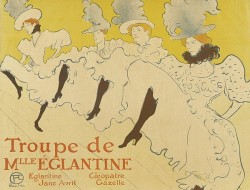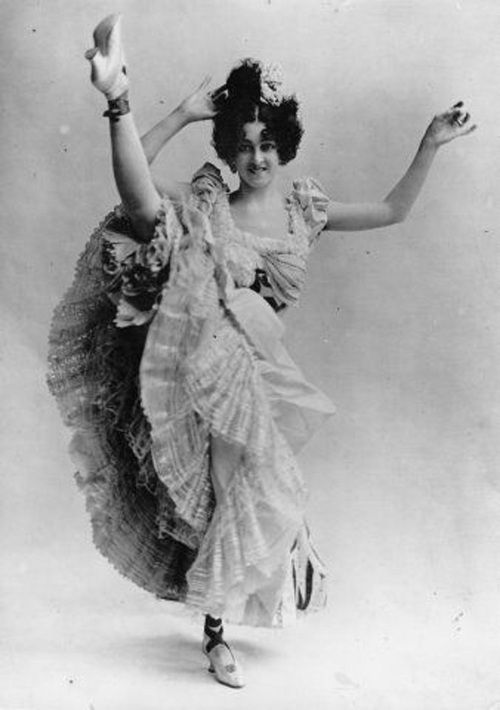When did the famous Can-Can dancers arrive in the US?
 October 21, 1830 — The famous dance, the Can-Can, is performed for the first time today in Paris. The high-energy and physically demanding music hall dance, was performed by a chorus line of female dancers who wore costumes with long skirts, petticoats, and black stockings.
October 21, 1830 — The famous dance, the Can-Can, is performed for the first time today in Paris. The high-energy and physically demanding music hall dance, was performed by a chorus line of female dancers who wore costumes with long skirts, petticoats, and black stockings.
The main features of the dance are the lifting and manipulation of the skirts, with high kicking and suggestive, provocative body movements. The Infernal Galop from Jacques Offenbach’s Orpheus in the Underworld is the tune most associated with the dance.
By the 1890’s individual the Can-Can was being performed in Britain, the US, and Canada. Its dancers became renowned, and were highly paid for their appearances.
In fact, the Oxford Companion to Music defined the Can-Can as “a boisterous and latterly indecorous dance of the quadrille order, exploited in Paris for the benefit of such British and American tourists as will pay well to be well shocked. Its exact nature is unknown to anyone connected with this Companion.”
Was the Can-Can ever danced without drawers? No. Well, not really.
Historians explain that this mistaken belief took root when the dance first appeared in working-class dance halls in the 1830s, and drawers were not a standard item of underwear. However, they were adopted in the 1850s because of the advent of the hooped skirt or crinoline. Initially drawers were of the “open” type, being essentially two tubes of material, one for each leg, and this is perhaps another reason for the myth. However, the Moulin Rouge management did not permit dancers to perform in such revealing garments.
Sources
Words of Wisdom
The truest expression of a people is in its dance and in its music. Bodies never lie.





